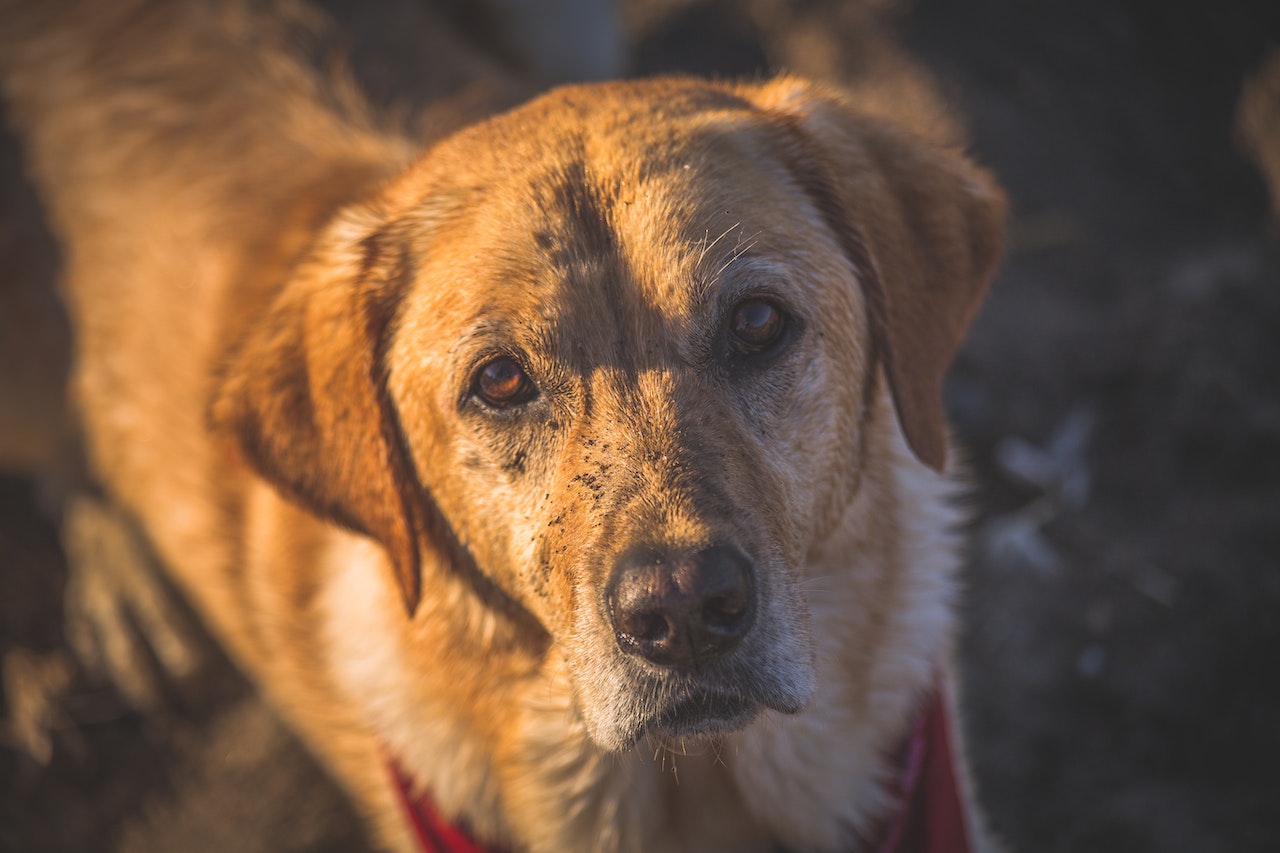How to Stop Big Dogs from Jumping on You
Are you tired of big dogs, particularly Labradors, jumping on you whenever you visit a friend or encounter them at the park? It can be quite overwhelming and even intimidating to have a large dog jump up on you without warning. But fear not! In this article, I’ll share some effective techniques on how to stop big dogs like Labradors from jumping on you.
One important thing to remember when dealing with jumping dogs is consistency. Dogs thrive on routine and clear expectations, so it’s essential to establish boundaries right from the start. When approaching a Labrador or any other big dog, make sure to maintain a calm and assertive demeanour. Avoid getting overly excited or anxious as this may encourage their jumping behaviour.
To discourage jumping, try using positive reinforcement training techniques. Whenever the Labrador approaches you and remains calm without jumping, reward them with treats or praise. This helps reinforce the desired behaviour and teaches them that staying grounded leads to rewards.
Another useful technique is redirecting their energy towards an alternative behaviour. For instance, when the Labrador starts to jump, quickly divert their attention by offering them a toy or engaging in playtime. By redirecting their energy in a positive way, they learn that there are more appropriate ways to interact with humans.
Remember that training takes time and patience. Consistency is key in teaching dogs appropriate behaviour. With these tips in mind, you’ll be well-equipped to handle those enthusiastic Labradors who just can’t resist showing their excitement by jumping up!
Establishing Yourself as the pPack Leader
Understanding why big dogs, such as Labradors, jump on people can help us address this behaviour and find effective solutions. There are several reasons behind this common issue:
- Excitement and Greeting: Dogs often jump up to greet their owners or visitors when they come home or meet new people. This is their way of expressing excitement and saying hello. Labradors, with their friendly and sociable nature, may be more prone to jumping in anticipation of attention and affection.
- Seeking Attention: Jumping can also be a way for dogs to seek attention from their owners. If they learn that jumping leads to getting petted or receiving any form of interaction, they may continue this behaviour as a means of getting what they want.
- Lack of Training: Sometimes, dogs jump on people simply because they haven’t been trained otherwise. Without proper training and boundaries established from an early age, Labradors (or any other breed) may not understand that jumping is unacceptable behaviour.
- Reinforcement: In some cases, unintentional reinforcement from humans can inadvertently encourage jumping behaviour in dogs. For example, if a person laughs or gives attention when the dog jumps on them, it reinforces the idea that jumping gets rewarded.
To address this issue effectively:
- Consistency is key: Ensure everyone who interacts with the dog follows the same rules regarding jumping.
- Train alternative behaviours: Teach your Labrador commands like “sit” or “down” as an alternative to jumping.
- Ignore unwanted behaviour: When your dog jumps on you, turn away and avoid giving any attention until they calm down.
- Reward good behaviour: Praise and reward your Labrador when they approach calmly without jumping.
- Seek professional help if needed: If you’re struggling to curb your Labrador’s jumping habit despite consistent training efforts, consider consulting a professional dog trainer for additional guidance.
Remember that addressing the root cause of the problem rather than resorting to punishment is crucial for long-term success in stopping big dogs like Labradors from jumping on people. With patience, positive reinforcement, and consistent training, you can help your dog overcome this behaviour and create a more pleasant greeting experience for everyone involved.
